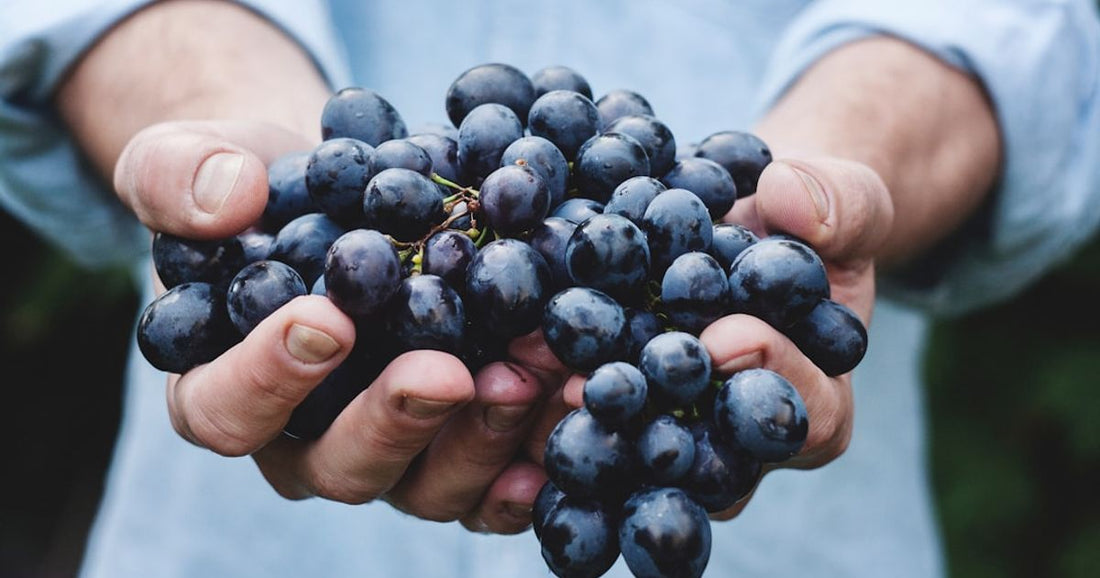
Decoding the Aroma Profiles of Popular Wines
Share
Wine is not just a beverage; it's an experience that engages all the senses, especially smell. The aroma of wine is as important as its taste, and understanding these aromas can significantly enhance your wine-tasting journey. Each wine varietal has its unique aroma profile that can tell you a lot about its character, origin, and even the winemaking process. In this comprehensive guide, we'll unlock the secrets of wine aromas, helping you identify and appreciate the complexity hidden in every glass. Whether you're a seasoned enthusiast or a curious novice, this article will deepen your understanding and enjoyment of wine.
Key Takeaways
Before diving into the aromatic intricacies of popular wines, here are some key points to keep in mind:
- Wine aromas are categorized into three primary groups: primary, secondary, and tertiary.
- Primary aromas originate from the grape variety and include fruit, floral, and herbal notes.
- Secondary aromas develop during fermentation and aging in oak and can include yeast-derived, dairy, or nutty scents.
- Tertiary aromas evolve as wine ages, contributing complex notes such as dried fruit, spice, and earth.
- Identifying aromas can enhance your appreciation of wine and inform your food pairing choices.
Exploring Primary Aromas in Wine
Primary aromas are the first layer of scent you'll encounter. They are directly related to the grape variety and the climate where the grapes were grown. Let's delve into the primary aromas of some popular wine varietals.
Sauvignon Blanc
Sauvignon Blanc is renowned for its vibrant and fresh aroma profile. It often exhibits a range of primary aromas including green apple, gooseberry, passion fruit, and freshly cut grass. These crisp and refreshing notes are a hallmark of this varietal, making it a favorite among white wine lovers.
Pinot Noir
Pinot Noir, a red wine favorite, offers a complex bouquet of primary aromas. Characteristic scents include ripe cherries, strawberries, and raspberries, complemented by subtle floral notes such as violets. This varietal's aromatic profile is a testament to its elegance and versatility.

Unveiling Secondary Aromas
Secondary aromas are a result of the fermentation process and the wine's interaction with oak barrels. These aromas add depth and complexity to a wine's profile.
Chardonnay
Chardonnay is a prime example of a wine that can exhibit a wide range of secondary aromas, depending on the winemaking techniques used. When aged in oak, Chardonnay may develop rich, buttery aromas along with vanilla, coconut, and toasty notes. These complement the primary fruit characteristics, creating a richer, more complex wine.
Syrah/Shiraz
Syrah or Shiraz wines are known for their bold flavors and can develop intriguing secondary aromas. These include smoky, meaty, and spicy notes that intertwine with the dark fruit flavors of the grape. The use of oak aging can also introduce hints of vanilla and sweet tobacco, enhancing the wine's aromatic complexity.
Discovering Tertiary Aromas
Tertiary aromas emerge as wine ages, either in the bottle or in oak barrels. These aromas add an extra layer of complexity and are highly prized by wine enthusiasts.
Cabernet Sauvignon
Cabernet Sauvignon, with its robust structure and high tannin content, is well-suited for aging. Over time, it develops a range of tertiary aromas including leather, tobacco, dark chocolate, and earthy notes. These complex scents complement the primary blackcurrant and cedar aromas, making aged Cabernet Sauvignon a highly sought-after wine.
Riesling
Riesling is another varietal that evolves beautifully with age. As it matures, Riesling can develop tertiary aromas of petrol, honey, and dried apricots. These unique scents add depth to the wine's already vibrant citrus and stone fruit aromas, showcasing Riesling's exceptional aging potential.

Enhancing Your Wine Tasting Experience
Understanding and identifying wine aromas is a skill that can greatly enhance your wine tasting experience. Here are a few tips to help you develop your aroma identification abilities:
- Practice Regularly: The more you taste, the better you'll become at identifying different aromas. Make a habit of consciously smelling your wine before each sip.
- Use an Aroma Wheel: An aroma wheel can help you categorize and identify various scents in your wine.
- Taste in a Group: Sharing your tasting experiences with others can provide new insights and help you learn from different perspectives.
For more tips on improving your wine tasting skills, check out our articles on Identifying Aromas in Wine Tasting and Developing a Systematic Approach to Wine Tasting.
Conclusion
Decoding the aroma profiles of popular wines opens up a world of sensory delights and deepens your appreciation for this fascinating beverage. By understanding the nuances of primary, secondary, and tertiary aromas, you can unlock the secrets held within each glass of wine. Remember, the journey of wine discovery is endless, and each tasting is an opportunity to explore and learn. So, pour yourself a glass, take a moment to savor the aromas, and embark on an aromatic adventure that promises to enrich your wine experience.

